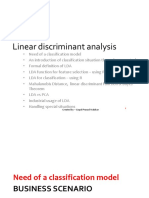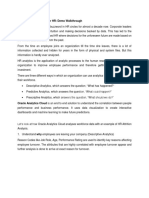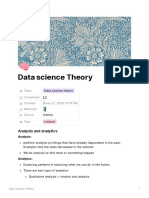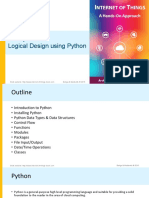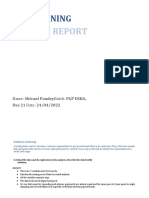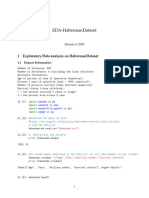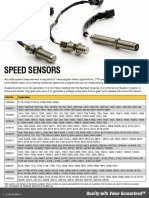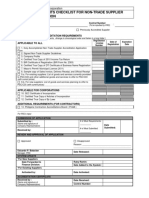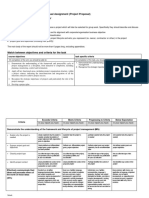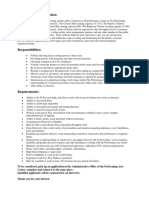0% found this document useful (0 votes)
243 views15 pagesEDA Assignment
The document summarizes a dataset on breast cancer survival rates. It contains 306 cases with information on patient age, year of treatment, number of positive lymph nodes, and whether the patient survived 5 years or not. Exploratory data analysis was performed, including summary statistics and scatter plots. Key findings were that patients with fewer positive lymph nodes had higher survival rates, and most operations occurred between ages 40-70 years old.
Uploaded by
degaciCopyright
© © All Rights Reserved
We take content rights seriously. If you suspect this is your content, claim it here.
Available Formats
Download as PDF, TXT or read online on Scribd
0% found this document useful (0 votes)
243 views15 pagesEDA Assignment
The document summarizes a dataset on breast cancer survival rates. It contains 306 cases with information on patient age, year of treatment, number of positive lymph nodes, and whether the patient survived 5 years or not. Exploratory data analysis was performed, including summary statistics and scatter plots. Key findings were that patients with fewer positive lymph nodes had higher survival rates, and most operations occurred between ages 40-70 years old.
Uploaded by
degaciCopyright
© © All Rights Reserved
We take content rights seriously. If you suspect this is your content, claim it here.
Available Formats
Download as PDF, TXT or read online on Scribd
/ 15










